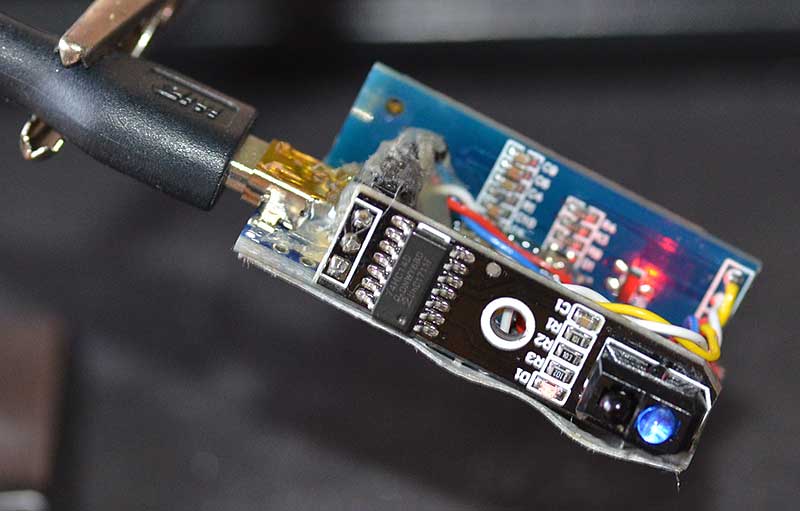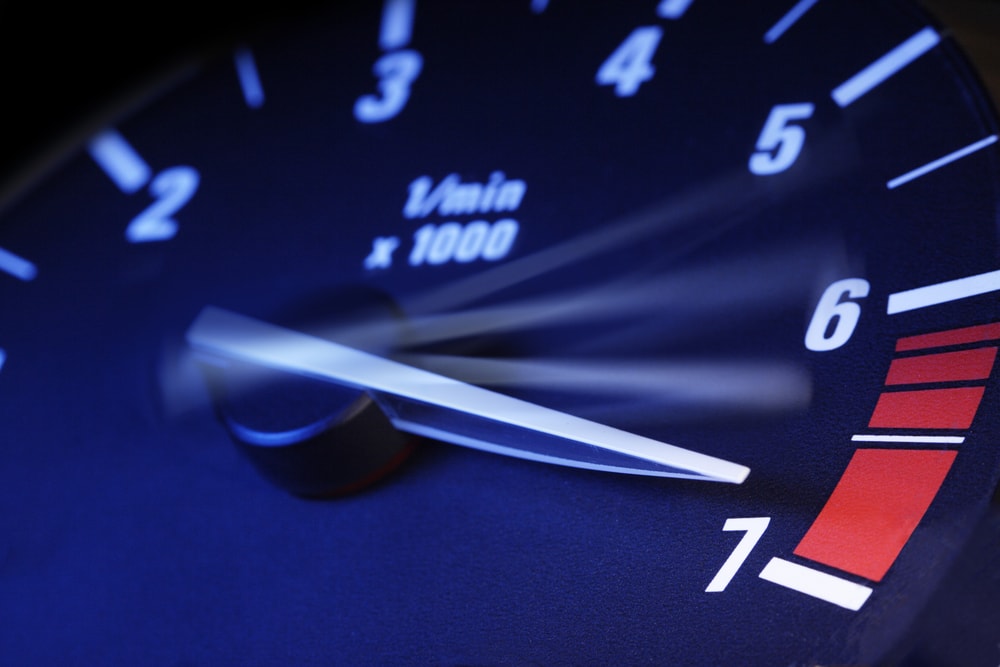
How to Use a Hand Held Tachometer for Accurate Measurements?
Share
A hand held tachometer is an essential tool for tech professionals and enthusiasts alike. It allows for precise measurement of rotational speeds in various types of machinery, from small engines to large industrial machines. In this article, we will delve into how to use a hand held tachometer effectively and what you need to consider when measuring.

What is a Hand Held Tachometer?
A hand held tachometer is a device used to measure the rotation speed of a shaft or disk in a machine. Most commonly found in automotive and manufacturing fields, this tool comes in handy for troubleshooting engine efficiency, machine calibration, and ensuring that operational speeds do not exceed safe limits. You can read more about the different types of tachometers here.
How Does a Hand Held Tachometer Work?
Understanding the inner workings of your tachometer is vital. Generally, tachometers operate using two primary methods: contact and non-contact. Contact tachometers measure speed by physically touching the rotating object with a probe, while non-contact tachometers utilize a laser or infrared signal to measure RPM from a distance.
For example, if you are measuring a motor's RPM, you might use a non-contact tachometer to ensure that the RPM is checked without any physical interference. Learn more about tachometer function here.
Steps on How to Use a Hand Held Tachometer
Using a hand held tachometer is relatively straightforward. Follow these simple steps:
Step 1: Gather Necessary Equipment
Before starting, ensure you have your tachometer and any necessary safety equipment on hand. Have safety goggles and gloves ready to protect yourself during the measurement process.
Step 2: Turn On the Tachometer
Power on your tachometer by pressing the designated button. Most modern tachometers come with an easy-to-read display. Make sure the device is calibrated correctly for accurate results.
Step 3: Choose Measurement Mode
Select the mode you wish to use - contact or non-contact. For contact measurements, attach the probe to the rotating object. For non-contact readings, ensure you know how to align the tachometer with the object.
Step 4: Take the Measurement
While looking at the display, proceed to take the measurement. If you are using a contact tachometer, maintain a steady grip on the device and keep it in constant contact with the object. For non-contact measuring, follow the manufacturer's instructions to ensure accurate readings.
Common Applications of Hand Held Tachometers
Hand held tachometers have a wide range of applications:
- Automotive: Checking engine speeds and tuning performance.
- Industrial: Monitoring machine speeds and ensuring operational efficiency.
- Aerospace: Used in aerospace for testing propulsion systems.
Things to Keep in Mind When Using a Hand Held Tachometer
While using a hand held tachometer, there are several factors you should consider:
- Safety: Always wear appropriate safety gear when measuring.
- Proximity: Ensure that you are within the effective range of your tachometer.
- Calibration: Make sure your tachometer is regularly calibrated for accuracy.

FAQs About Hand Held Tachometers
1. What is the difference between contact and non-contact tachometers?
Contact tachometers require the device to be physically in contact with the rotating part, while non-contact tachometers utilize beams of light or infrared signals.
2. Can I use a hand held tachometer on any type of motor?
Generally, yes, but ensure that you choose the correct measurement mode suitable for the type of motor you are testing.
3. How often should I calibrate my tachometer?
It is advisable to calibrate your tachometer at least once a year or more frequently if it is used extensively.
For additional reading on related topics, you can check out tachometer installation or checking signal.
Remember, using a hand held tachometer is not just about measuring speed; it's about ensuring efficiency, safety, and precision in technology. Equip yourself with the right knowledge, and you'll become proficient in no time!
